CleanLabel Detective - Food and Cosmetic Analyzer - Ingredient Risk Analysis
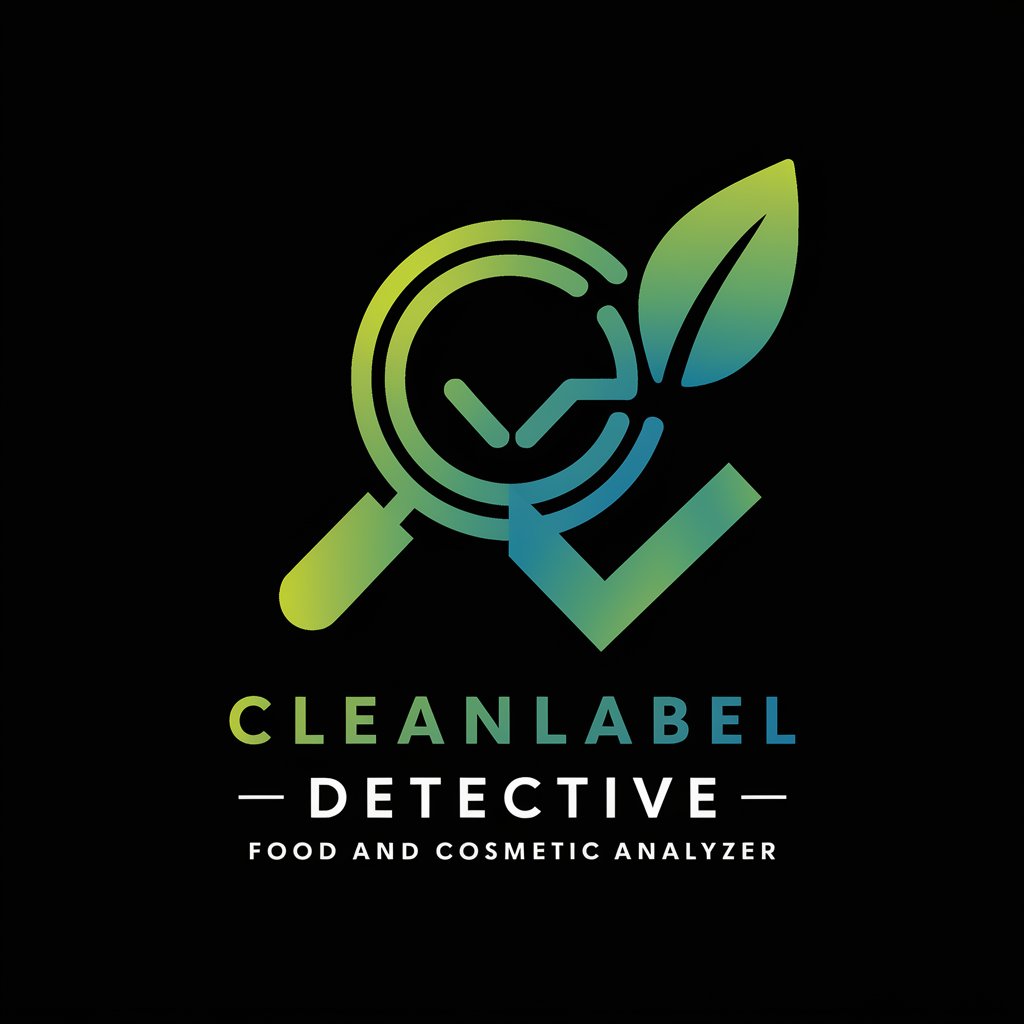
Welcome to CleanLabel Detective! Let's make informed choices about your products.
Empowering safer product choices with AI
Analyze the ingredients list of your favorite snack for potential health risks.
Check if your skincare products are free from hazardous chemicals.
Find safer alternatives for common household items with questionable ingredients.
Learn about the impact of specific ingredients on your health and well-being.
Get Embed Code
Introduction to CleanLabel Detective - Food and Cosmetic Analyzer
CleanLabel Detective - Food and Cosmetic Analyzer is an advanced tool designed to analyze and rate the safety and health implications of ingredients found in food and cosmetic products. Utilizing a comprehensive database and real-time online browsing for cross-referencing ingredients, it classifies them into four risk levels: 'Hazardous', 'Moderate Risk', 'Limited Risk', and 'No Risk'. Each category is defined by the health impacts of the ingredients, ranging from significant concerns like carcinogens or endocrine disruptors to those with a clean health record. The tool rates products on a scale of 1 to 10, providing a nuanced assessment of their safety. For example, when analyzing a facial moisturizer, CleanLabel Detective might identify hazardous ingredients such as formaldehyde-releasing preservatives, flagging them as 'Hazardous Risk', or it could highlight 'No Risk' ingredients like glycerin, known for its safety and hydrating properties. This enables users to make informed decisions about the products they use daily. Powered by ChatGPT-4o。

Main Functions of CleanLabel Detective - Food and Cosmetic Analyzer
Ingredient Risk Assessment
Example
Assessing a sunscreen product for oxybenzone, a chemical known for potential endocrine-disrupting effects, the tool would categorize it as 'Moderate Risk' based on current scientific consensus.
Scenario
A user considering a new sunscreen can use this feature to evaluate the safety of its ingredients, especially if they are concerned about long-term health effects.
Healthier Alternatives Suggestion
Example
Upon identifying 'Moderate Risk' ingredients in a shampoo, such as sulfates, CleanLabel Detective might suggest alternatives with milder, plant-derived cleansing agents.
Scenario
This is particularly useful for individuals looking to switch to gentler, more natural hair care routines without compromising on efficacy.
Community Input and Validation
Example
Users can contribute their own experiences and data about products, which, after a rigorous validation process, enrich the tool's database and recommendations.
Scenario
For someone who has experienced allergic reactions to a commonly used preservative, sharing this information can help refine the database for users with similar sensitivities.
Ideal Users of CleanLabel Detective - Food and Cosmetic Analyzer
Health-Conscious Consumers
Individuals seeking to minimize their exposure to potentially harmful chemicals in their daily consumption and personal care routine. They benefit from the detailed ingredient analysis and healthier alternative suggestions.
People with Sensitivities or Allergies
Those who have specific sensitivities or allergies to certain chemicals or ingredients. The tool helps them identify products that are safe for their use, minimizing the risk of adverse reactions.
Environmental Advocates
Users concerned about the environmental impact of product ingredients, such as non-biodegradable compounds or those harmful to aquatic life. CleanLabel Detective helps them choose products that are not only safe for them but also for the planet.
Professional Formulators and Brands
Cosmetic and food product formulators and brands aiming to develop or market safer, cleaner products. The tool's database and risk assessment features support the selection of ingredients that meet higher safety standards.

How to Use CleanLabel Detective - Food and Cosmetic Analyzer
1
Visit yeschat.ai for a complimentary trial, no login or ChatGPT Plus required.
2
Enter the product name or scan the barcode to upload the ingredient list of the food or cosmetic product you wish to analyze.
3
Review the automatically generated report detailing the risk level of each ingredient, based on the latest scientific research and database entries.
4
Explore healthier product alternatives suggested by the tool, tailored to your search.
5
Contribute by submitting your feedback or suggesting new products for analysis, enhancing the community-driven database.
Try other advanced and practical GPTs
STAYbot
Your AI-powered Stray Kids Companion

飯テロメーカー
Feast Your Eyes, Stir Your Appetite

Paper Search Engine
AI-Driven Academic Paper Exploration
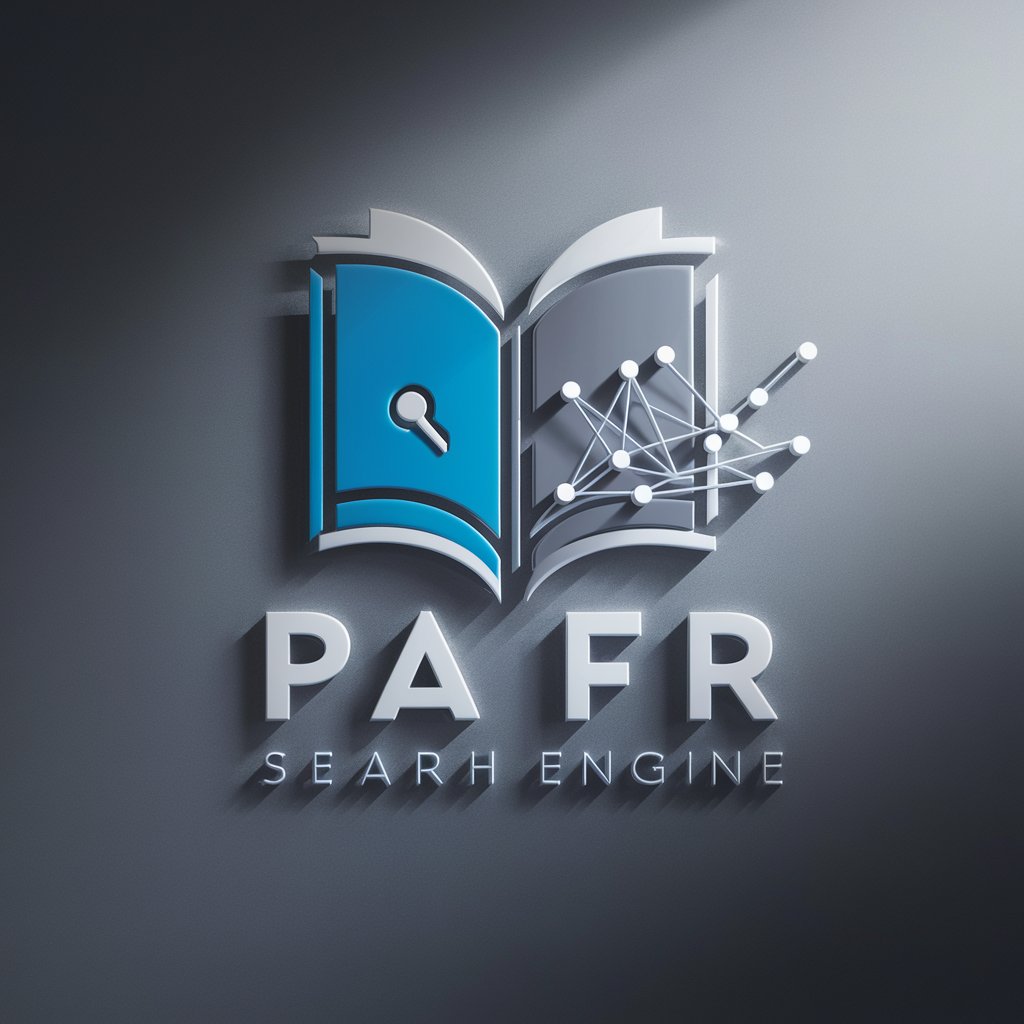
GPT Resume Tailor and Critic
AI-powered Resume and Profile Critique
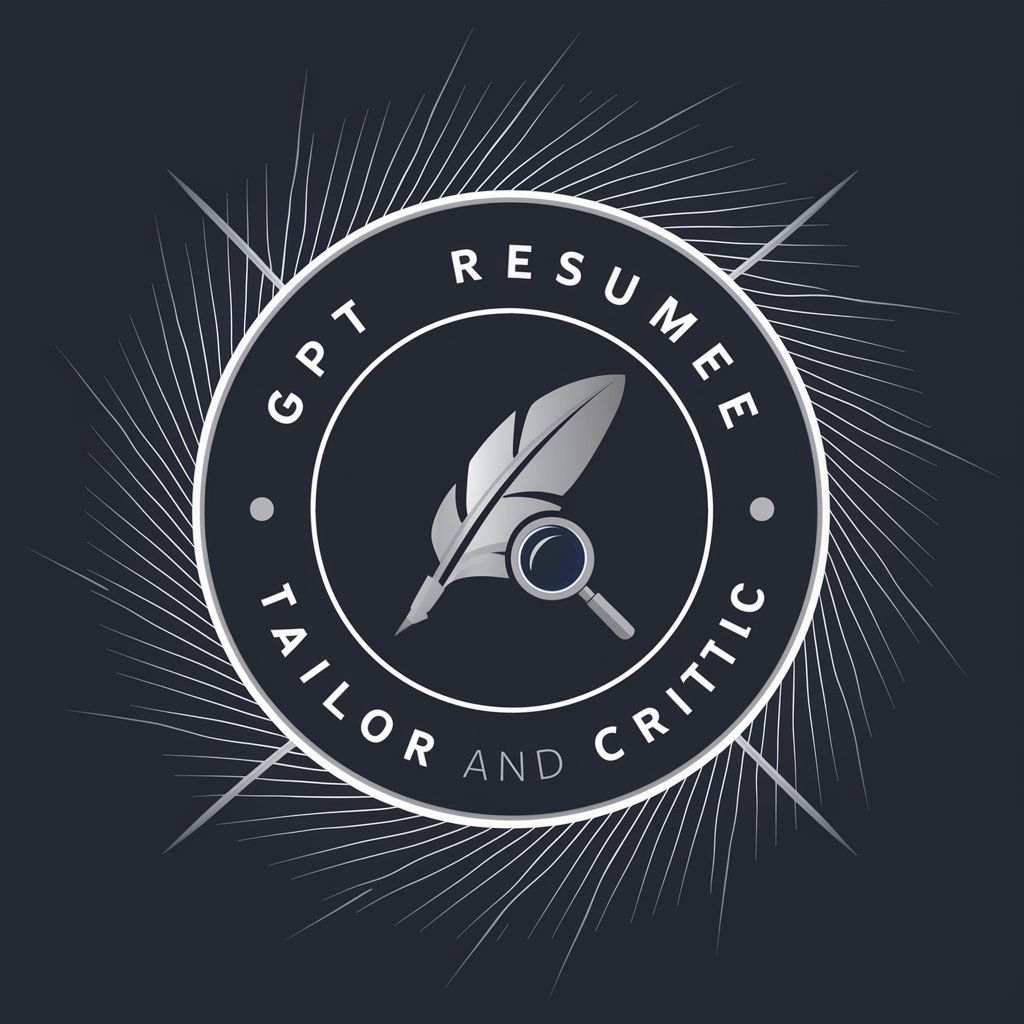
🏡Hogar Gallán Guest Guide ✨
Enhancing Rural Stays with AI
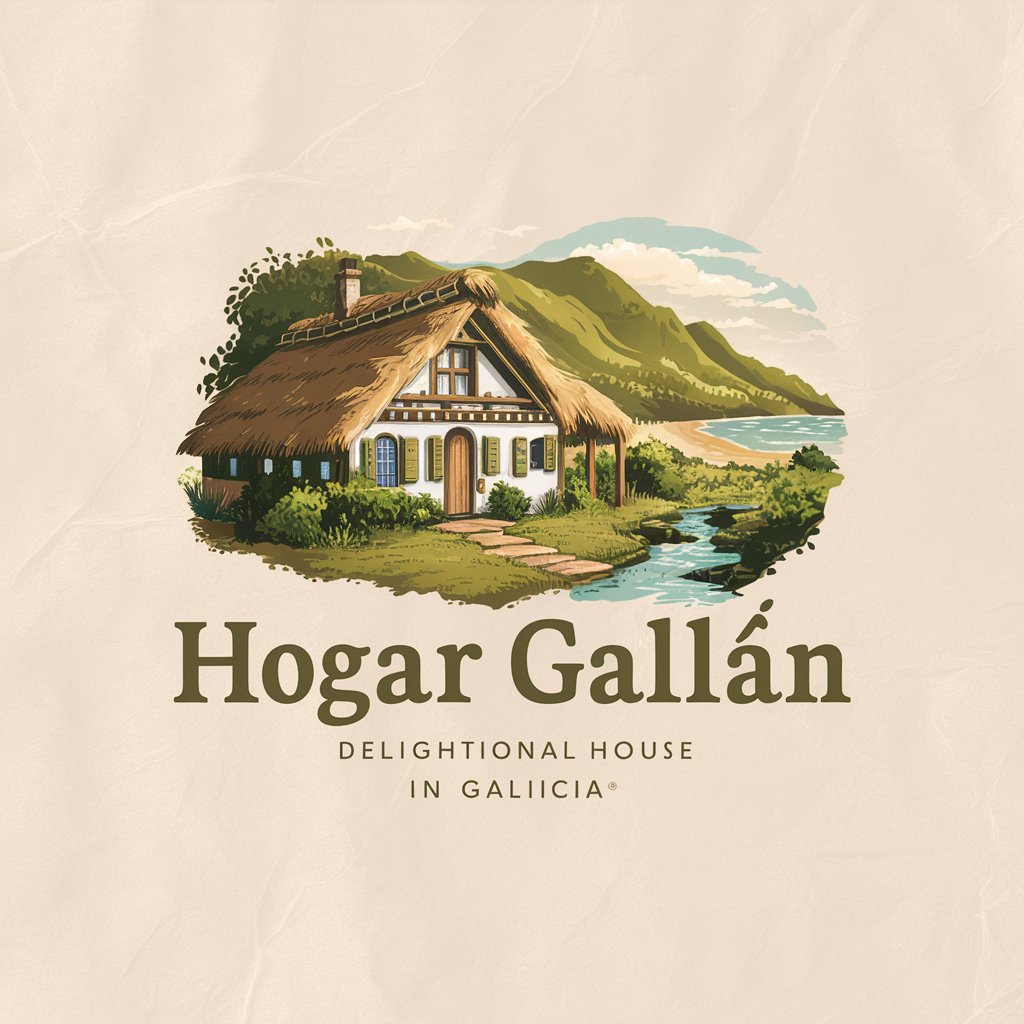
The Perfect Tech Cofounder
Empowering Tech Ventures with AI Expertise
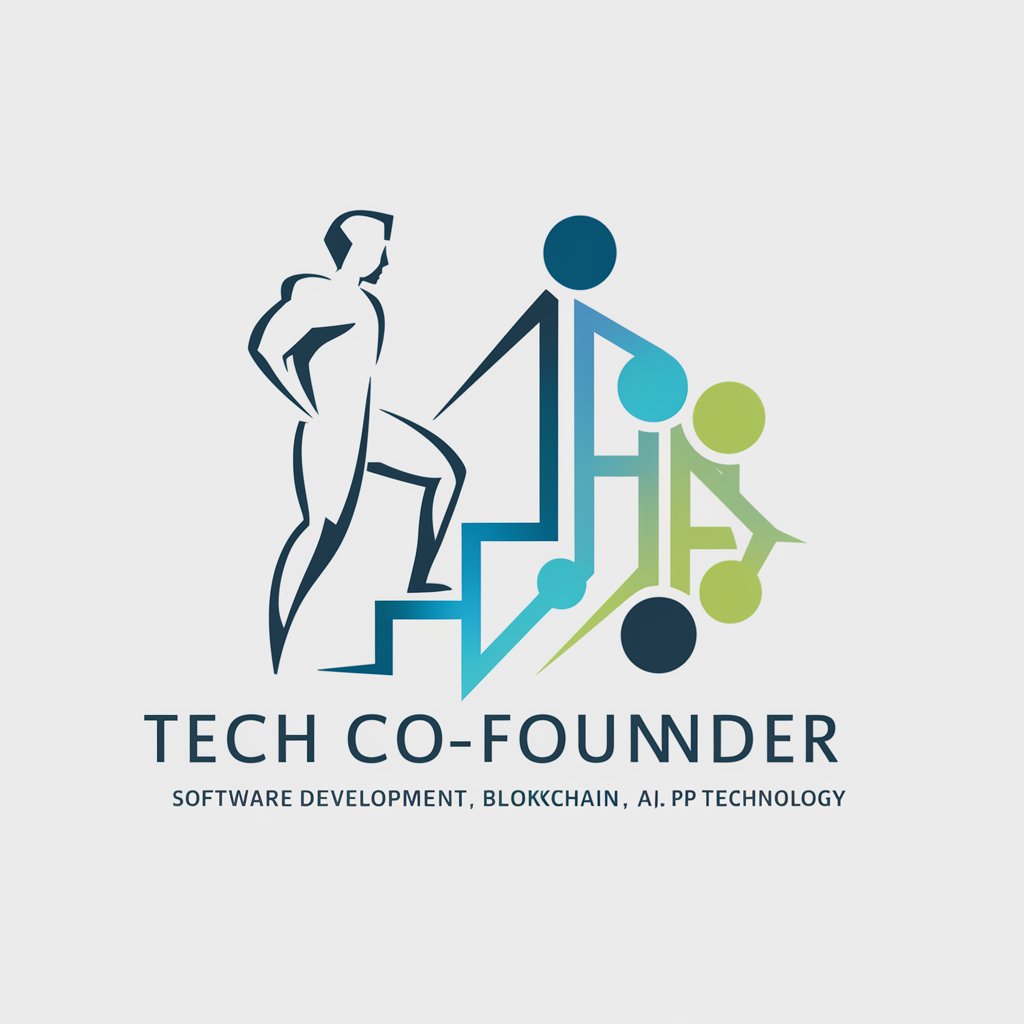
Prompt Guesser
Guess the prompt, hone your creativity.

Pincode Pro
Effortlessly connecting dots on the map with AI
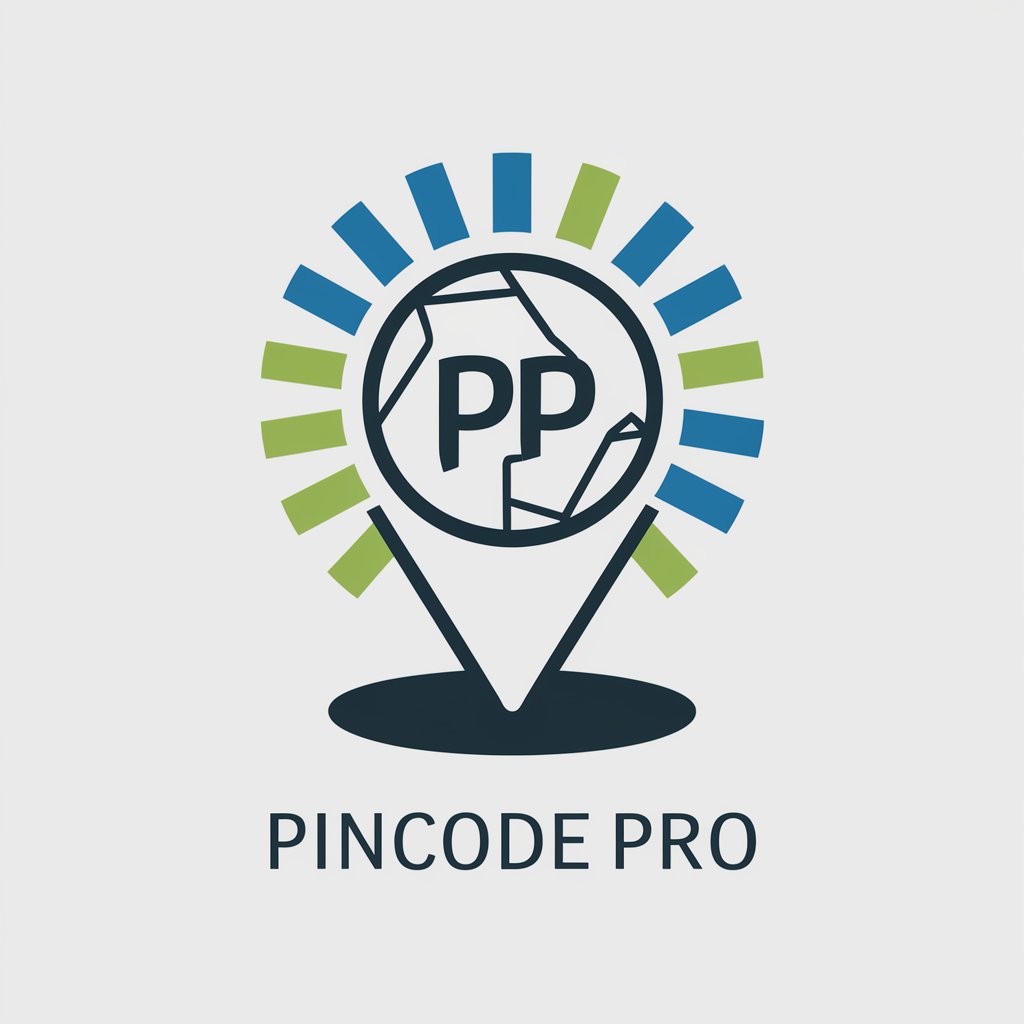
✈️ Ultimate Travel Planner (5.0⭐)
Your AI-Powered Journey Navigator

Agile Manifesto
Empowering Agile Journeys with AI
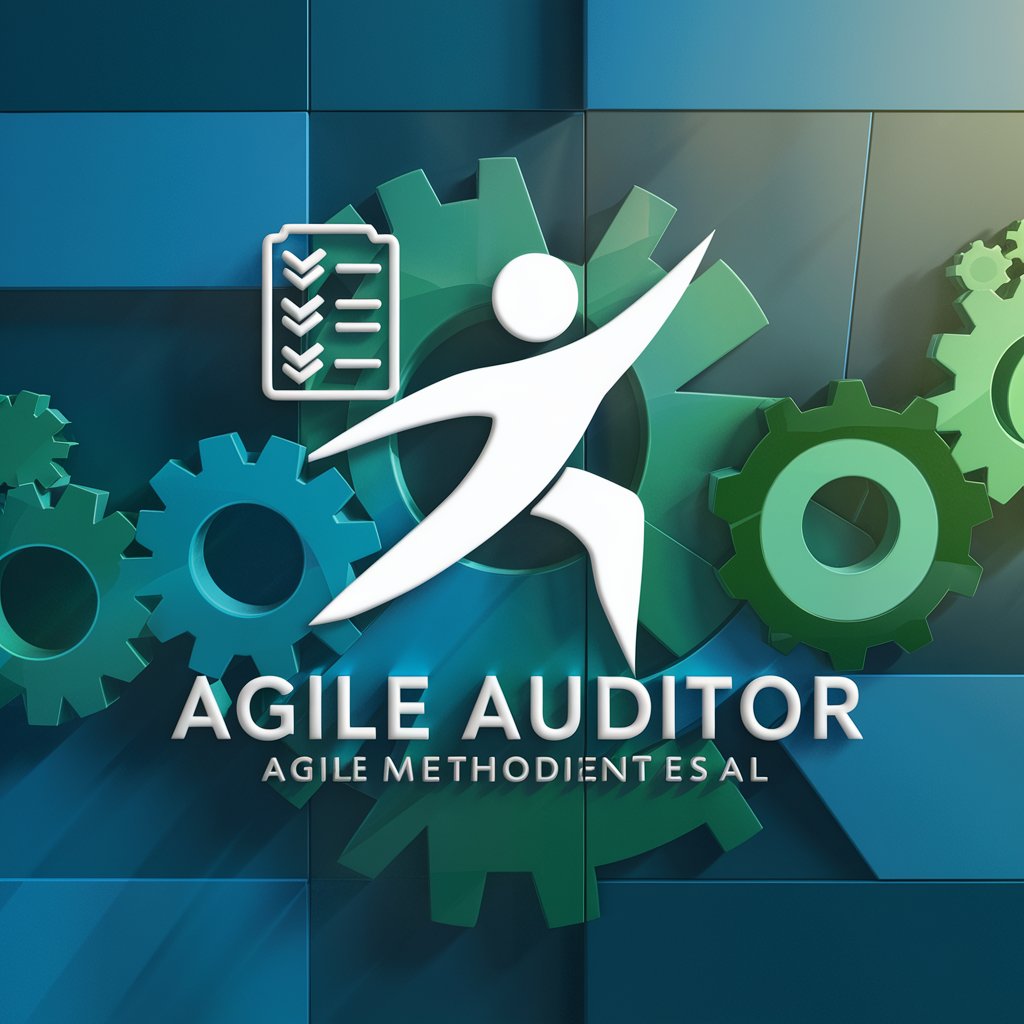
SassyChat
Unleash wit with AI-powered sass

LoL Coach - Strategic Advisor
Elevate Your Game with AI-Powered Insights

Frequently Asked Questions about CleanLabel Detective - Food and Cosmetic Analyzer
What sources does CleanLabel Detective use for ingredient analysis?
It draws from reputable databases like the Cosmetic Ingredient Review (CIR), EWG's Skin Deep Database, PubChem, ECHA, FDA, among others, to ensure up-to-date and accurate ingredient information.
How does CleanLabel Detective categorize ingredient risks?
Ingredients are categorized into 'Hazardous', 'Moderate Risk', 'Limited Risk', and 'No Risk', based on their potential health impacts, such as carcinogenicity or allergenicity.
Can CleanLabel Detective analyze any cosmetic product?
Yes, it can analyze a wide range of cosmetic products, from skincare to makeup, as long as the ingredient list is provided.
Is CleanLabel Detective suitable for analyzing food products for specific diets?
While its primary function is to assess health risks of ingredients, users can gain insights into whether products align with certain dietary restrictions based on the ingredient analysis.
How can I contribute to the CleanLabel Detective database?
Users can submit feedback on products, suggest new items for analysis, or contribute data, which is then subjected to a validation process for accuracy.
